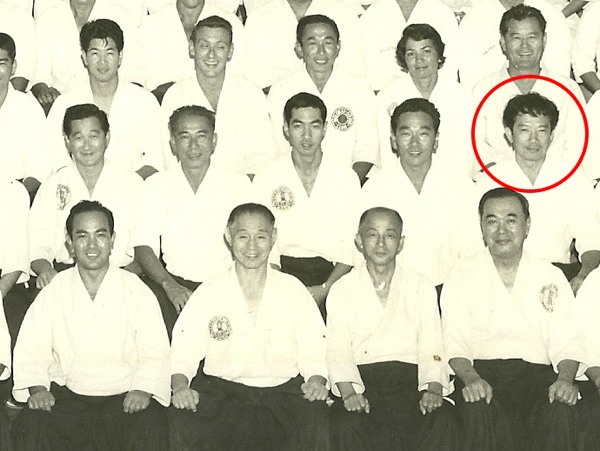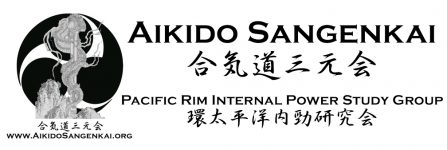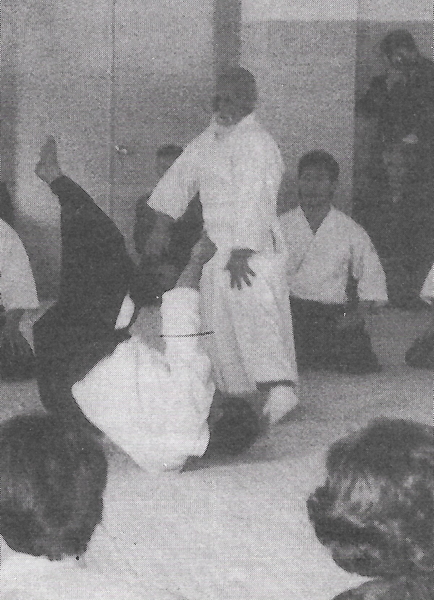"Takemusu Aiki" by Morihei Ueshiba, edited by Hideo Takahashi
*This is a Dutch translation of the article "Aikido and the Unknown – What don’t we know and why don’t we know it…", courtesy of Ernesto Lemke of Seikokan Aikido.
Toen Sam Chin vorig jaar Hawaii bezocht vertelde hij ons (samengevat) dat het niet zo slecht is om niet te weten – zolang je maar weet dat je niet weet. Dat sloeg bij mij echt de juiste snaar– is dit niet waar het probleem daadwerkelijk begint?
Toen ik met Aikido begon was er erg weinig informatie beschikbaar (in het Engels). Wat er wel voor handen was – zo weten we inmiddels- was een gekuiste versie. Hier is een goed voorbeeld van de Aikido Journal website en hier een ander van Meik Skoss op de Koryu.com website. Vergeleken met nu waren er veel minder buitenlanders die Japans spraken, laat staan dat zij de originele Japanse bronnen konden lezen. Daar kwam bij dat de meeste Japanners een min of meer uniforme versie van de geschiedenis en bijzonderheden van Aikido presenteerden.
Tegenwoordig zijn er echter honderden boeken over Aikido beschikbaar in het Engels – en andere talen – dus wat is het probleem?




